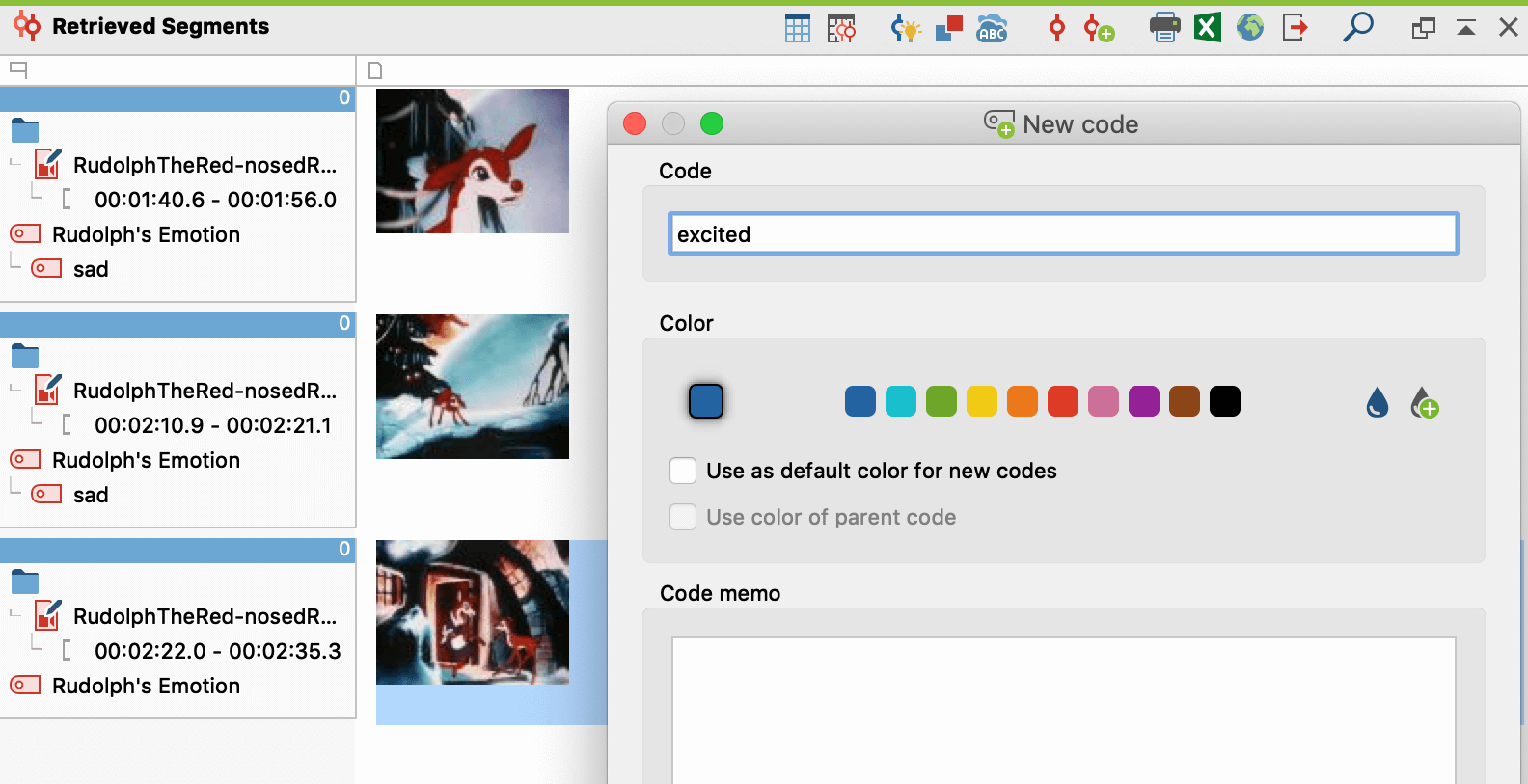
Christina also works as an independent researcher, consultant, and trainer, supporting researchers to plan and implement computer-assisted analysis, and contributing to doctoral research programs in several UK universities.
#Maxqda reviews software
She is responsible for capacity-building activities and has designed and led training in all the major qualitative software programs, including ATLAS.ti, Dedoose, MAXQDA, NVivo, Transana, QDA Miner, Qualrus, and Quirkos. In 2013 Nick introduced Five-Level QDA in his keynote address at the first ATLAS.ti users conference in Berlin (Woolf, 2014).Ĭhristina Silver has worked at the CAQDAS Networking Project at the University of Surrey, UK since 1998. He has conducted 285 workshops at over 100 universities and other institutions, primarily in the USA and Canada, for more than 3,000 PhD students, professors, and research and evaluation consultants. As a trainer Nick specializes in teaching qualitative analysis using ATLAS.ti. He has conducted or consulted on numerous research studies, from single-site to multinational studies in various fields in the behavioral sciences using a wide range of methodologies, from highly structured content analyses, to evaluations, grounded theory-style projects, and interpretive phenomenology. Woolf has worked as an independent qualitative research consultant, coach, and trainer since 1998. Please see the following URL to access the accompanying materials for this book: The Five-Level QDA method is independent of software program or methodology, and the principles apply to any type of qualitative project. After many years observing their students’ challenges they developed the Five-Level QDA method to describe the process that long-time MAXQDA experts unconsciously adopt. The Five-Level QDA method is based on the authors’ combined 40 years of experience teaching MAXQDA and other software packages used as platforms for conducting qualitative analysis.
#Maxqda reviews mac
The Five-Level QDA method learned from this book is therefore the same whether you are working on a Mac or Windows computer. The functionality and interface design of MAXQDA for Windows and Mac are identical. The book is accompanied by three sets of video demonstrations on the Companion Website. The third part contains real-world qualitative research projects from a variety of disciplines, methodologies, and kinds of qualitative analysis, all illustrated in MAXQDA using the Five-Level QDA method. These steps are illustrated with examples from a variety of research projects. The second part provides both an in-depth description of how MAXQDA works and comprehensive instruction in the five steps of "translation". The first part of the book explains how the contradiction between analytic strategies and software tactics is reconciled by "translating" between them. The Five-Level QDA ® method unpacks the process so that you can learn it consciously and efficiently. Expert MAXQDA users have unconsciously learned to do this. This contradiction is best resolved by separating analytic strategies – what you plan to do – from software tactics – how you plan to do it. The Retrieved Segments Pane shows search results.Software is cut-and-dried – every button you press has a predictable effect – but qualitative analysis is open-ended and unfolds in unpredictable ways. The Coding System shows the various codes that you create and assign to documents. The Document Browser is where you view the content of the document. The Document System- is where you place documents (text, images, video, or sound files) you want to analyse. MAXQDA features a simple 4 pane interface that makes it easy to use.

#Maxqda reviews code
MAXQDA allows users to code relevant sections of each document, identify interrelationships among documents, build relationships among diverse sets of documents and identify thematic trends. Many projects today involve identifying connections found among information stored in PDF, Powerpoint presentations, Word documents, photos, videos, and audio recordings. Remarkably scalable, MAXQDA employs a database architecture that can handle research projects ranging in size from several dozen pages to tens of thousands of pages. However, applications like MAXQDA are invaluable productivity tools for research analysts in industry or government as well.


A wealth of previous studies across several different fields have made use of. The use of QDA software in social science research is so common that many people tend to see QDA software as a tool primarily for social science research. MAXQDA is a software application designed to support the analysis of qualitative data (Kuckartz and Rdiker, 2019).


 0 kommentar(er)
0 kommentar(er)
